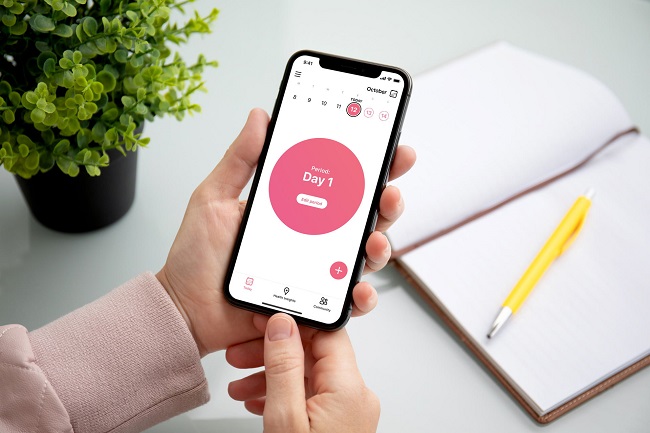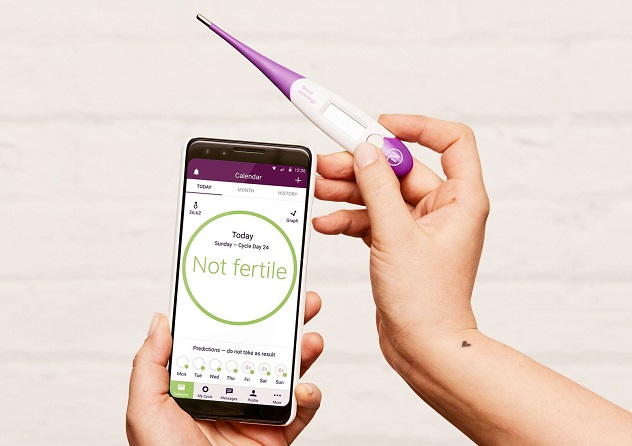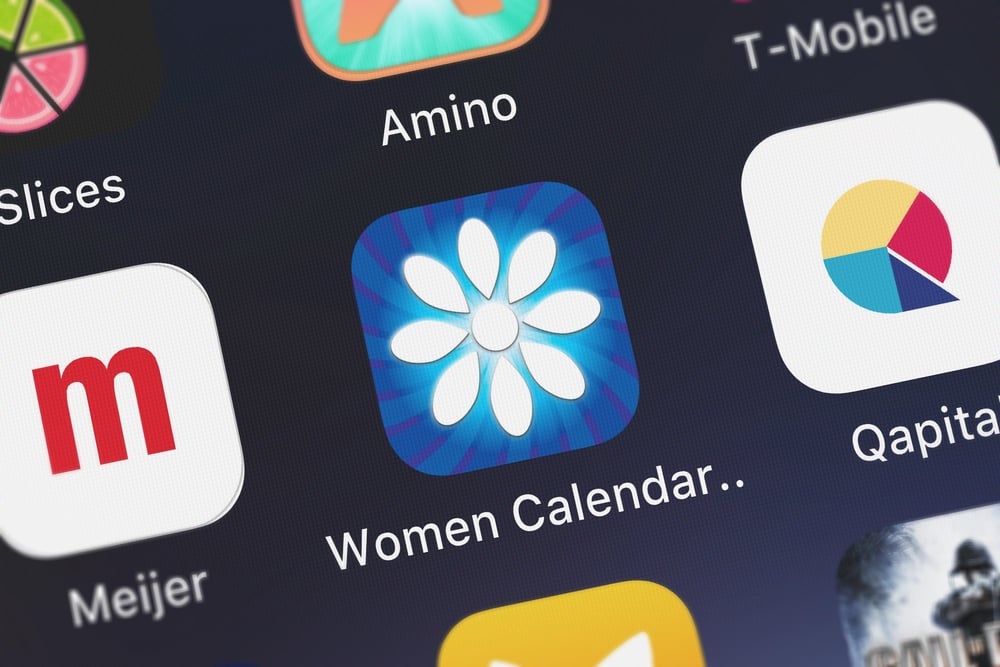 English
English

It is not unusual to spot women feeding their menstrual and fertility information in the app. However, little do they know about the accuracy of these fertility awareness method (FAM) apps.

Washington D.C: It is not unusual to spot women feeding their menstrual and fertility information in the app. However, little do they know about the accuracy of these fertility awareness method (FAM) apps.
Seeking an answer to the question, Laura Symul of Stanford University conducted a large-scale study on 200,000 users, which was published in the journal of 'Nature Digital Medicine'.

"Our study provides a common ground for users and their doctors to incorporate digital records in their visits evaluate their own menstrual patterns and compare them with the statistics we report," said Symul.
"New technologies, and in particular self-tracking, are changing the way we perceive our bodies and health. Our study shows that users voluntarily track their menstrual cycle and fertility-related body signs very frequently and what they track is aligned with what is expected in the vast majority of cases," she continued.
Also Read: Obesity in men affects fertility, inhibits childbirth
"While these measurements and observations are noisy and not perfectly regular, they provide valuable information for inferring the underlying hormonal changes and timing of ovulation in a way that is scalable both in time and in the number of participants," she said.
The study tracked more than 30 million days of observations from over 2.7 million menstrual cycles.

The overall study had two aims: First, to see how and what users voluntarily track on FAM apps. Second, to find if these records allow accurate detection and estimation of ovulation timing.
In terms of user demographics and behaviour, the study found that the typical FAM app user is around 30 years old, lives in a western country (in Europe or Northern America) and has a healthy BMI.
Also Read: Loose underwear may be good for sperm production
Then, by modelling the data, they found that the average duration and range of the follicular phase, which begins the menstrual cycle and ends at ovulation, were larger than previously reported. In fact, the modelling showed that only 24 per cent of ovulation occurs at days 14 to 15 of the cycle.
On the other hand, the data showed that the duration and range of the luteal phase - the latter part of the menstrual cycle - matched previous studies. (ANI)